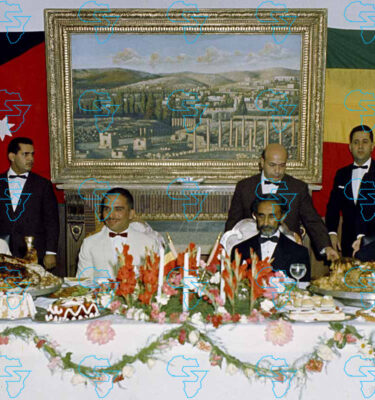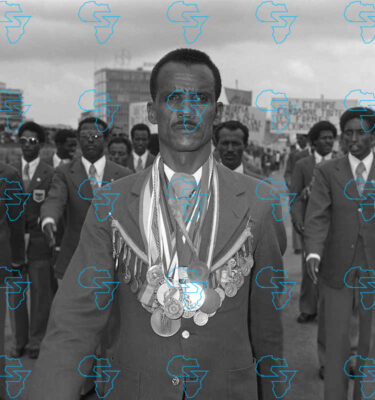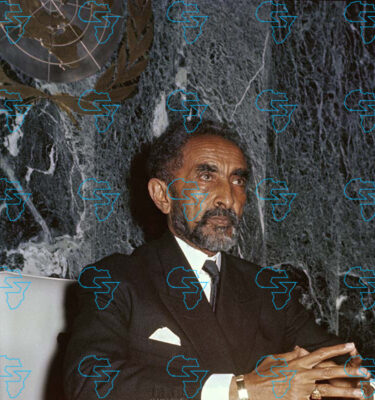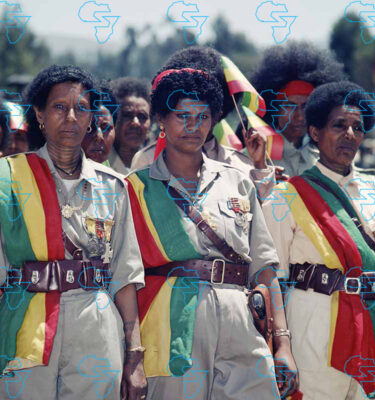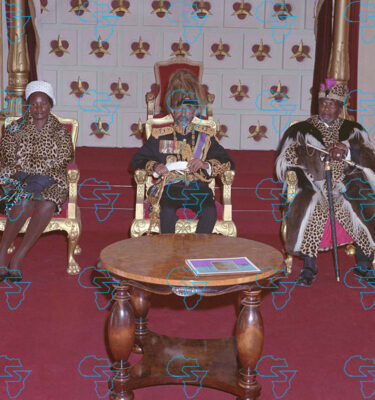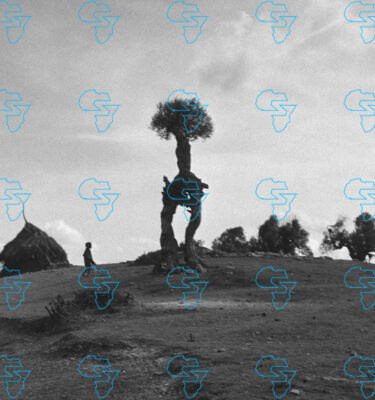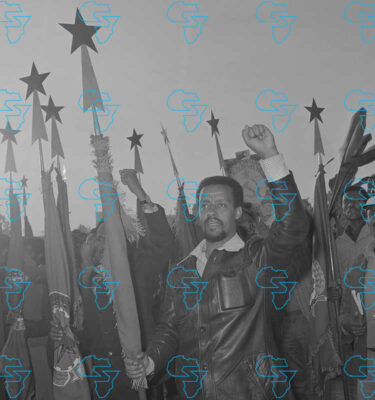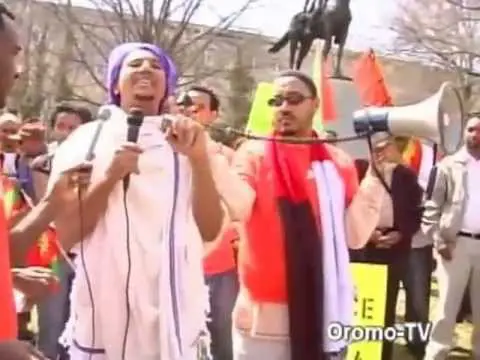
By Worku Aberra
(For the convenience of readers, the article is presented in installments)
Jawar has indicated his willingness to function as a bridge builder among the various groups in the struggle for democracy in Ethiopia, but many question his ability, citing his divisive role in the past. Can someone with such a polarizing history now play a constructive role in bridge building? Doubts remain strong.
Bridge building in politics involves spreading understanding, cooperation, and unity among individuals, groups, and communities that sometimes unite, occasionally oppose one another, but mostly fail to interact meaningfully. Bridge building requires the resolution of disputes, the identification of common ground, and the facilitation of collaboration to achieve shared objectives. In Ethiopia, where opposition to Abiy Ahmed’s authoritarian rule remains fragmented, bridge building is essential not only for uniting efforts against the regime, but also for national reconciliation.
The metaphor of bridge building refers to connecting previously separated entities by removing barriers. In Ethiopia’s political context, these barriers constitute mistrust, ideological differences, and entrenched rivalries among elites. They stem from unresolved historical grievances, competing interests, and the absence of a shared vision for the country’s future. These divisions have weakened the opposition and allowed Abiy Ahmed’s regime to exploit the disunity to retain power. Unity between Oromo and Amhara elites, without minimizing the role of the elites from the other ethnic groups, is essential for political change in Ethiopia and democratic governance.
Bridge building requires vision, perseverance, and diplomacy. Nelson Mandela serves as an instructive example of political bridge building. Following his release from prison in 1990, Mandela united South Africa’s divided society. He addressed mistrust, encouraged dialogue, and promoted reconciliation between Black South Africans, who suffered under apartheid, and White South Africans, who feared losing privilege. As South Africa’s first post-apartheid president, Nelson Mandela’s personal commitment to trust, compromise, and reconciliation advanced the process of bridge building, laying the foundations for a peaceful democratic transition. The extent of its success, however, remains a subject of debate.
The Structure of Bridge Building
Bridge building to change the political system consists of certain essential elements. Among these, acknowledging differences is critical. Recognizing the diverse perspectives, interests, and priorities of various groups is critical. These differences arise from historical experiences, ideological beliefs, or conflicting visions for governance.
Another essential element is the acknowledgment of injustices. Many divisions arise from historical or ongoing wrongs that have left grievances within communities. Recognizing and validating these grievances is essential for building trust. Ignoring such injustices risks deepening mistrust and alienating marginalized groups. Acknowledgment does not require immediate resolution, but it lays the groundwork for reconciliation in the future.
Equally important is the need for compromises. Changing a political system requires groups to make concessions for the greater good. The willingness to compromise facilitates negotiation, balancing conflicting interests while aligning efforts toward a shared vision. Without flexibility, entrenched positions can make transformative changes unlikely.
Establishing mechanisms to address differences, redress grievances, and foster inclusiveness is another indispensable element. Dialogue platforms, such as community forums, can provide spaces for diverse groups to articulate their perspectives, identify shared values, and find common ground. Truth and reconciliation commissions serve as a critical mechanism to redress grievances by investigating past injustices, offering victims a platform to share their experiences, and recommending reparative actions. To promote inclusivity, proportional representation in governance structures ensures that all ethnic, social, and political groups are adequately represented in decision-making. These mechanisms collectively help manage unresolved issues, ensuring they do not derail efforts to reform the political system.
Finally, recognizing the need for unified strategic action is vital to achieving systemic change. This involves forming coalitions that unite diverse groups, establishing shared objectives to guide their efforts, and mobilizing resources to reform the system. Without coordinated action, bridge building risks becoming an abstract concept rather than a driving force for political transformation.
Barriers to Bridge Building in Ethiopia
The challenges facing bridge building in Ethiopia are immense. Among the most contentious challenges are past grievances, ethnic politics, and ethnic federalism, including the status of Addis Ababa.
Historical injustices perpetuated by previous governments—emanating from the feudal landholding system, the politicization of ethnicity, and the marginalization of certain ethnic groups—pose a major barrier to bridge building in Ethiopia. These systemic injustices have resulted in resentment, mistrust, and division among communities. Although there is an urgent need to address these issues, past grievances have largely been exploited for political purposes. Political actors have weaponized these historical wrongs to incite discord, deepen divisions, and hinder reconciliation. Reconciliation requires addressing past wrongs, rectifying injustices, and establishing mechanisms that promote healing.
Another barrier to bridge building is ethnic politics. Ethnic politics undermines unity by perpetuating divisions, whether in Ethiopia’s transitional phase or its long-term governance structure. Proponents of ethnic-based political parties, such as Jawar, argue for their continuation alongside ethnic federalism. They view ethnic federalism as safeguards for their ethnic groups’ rights, interests, and benefits. In contrast, critics identify ethnic politics as the root cause of Ethiopia’s political instability; they advocate for a shift toward ideologically grounded political organizations and governance frameworks,
Many African countries have acknowledged the risks of ethnic-based politics and taken steps to reduce its influence. For example, Rwanda, Kenya, and Tanzania have banned ethnic-based political parties. Ethiopia must follow suit by rejecting ethnic-based political parties and ethnic federalism, instead adopting an ideologically driven political framework and a territorially based federal system that fosters stability, inclusivity, and elite cohesion. While opinions vary on the optimal form of federalism for Ethiopia, a democratic process is essential to chart a constructive path forward. Resolving contentious issues through public consultation, dialogue, and consensus-building can provide a foundation for sustainable governance.
The debate over ethnic politics in Ethiopia intersects with broader questions of governance. Global trends over the past 50 years have shifted toward devolution and regional autonomy, as seen in Spain’s accommodations for Catalonia and the Basque Country and the United Kingdom’s devolved administrations in Scotland, Wales, and Northern Ireland. Ethiopia could adopt similar models that balance the demands for self-rule with the need for national unity.
The Status of Addis Ababa: A Symbol of Division
The status of Addis Ababa, shaped by ethnic politics and ethnic federalism, remains a contentious issue that must be resolved democratically, peacefully, and inclusively. Oromo nationalists assert exclusive ownership of the city based on historical claims, while other Ethiopians view it as a national capital representing all citizens. The Ethiopian Constitution designates Addis Ababa as a self-governing city but assigns special interests of Oromia in Addis Ababa, particularly in social services and resource utilization—a highly unusual provision with no clear parallel elsewhere in the world. This uniqueness likely explains the absence of explicit laws mandating special taxes or resource-sharing mechanisms to date.
Other self-governing cities around the world are not typically required to pay taxes to their surrounding regions. Examples from other nations provide valuable insights into addressing such disputes. Brussels operates autonomously within Belgium, balancing its regional location with its national and European roles. Similarly, Moscow functions as a federal city independent of any region, and Washington, D.C., serves as a federal district in the United States, ensuring administrative neutrality. The status of Addis Ababa, as the capital city of Ethiopia and an international hub due to hosting the African Union headquarters, must be resolved satisfactorily in any future political system of the country.
Ethnic federalism is rooted in historic homelands, but the concept of ethnic territories is fraught with complexities. Establishing ancestral claims over a region or city is inherently difficult and divisive, as overlapping histories result in contested ownership. Pursuing such claims risks deepening divisions, emphasizing exclusivity, and undermining unity. The central issue is not determining whether a region or city belongs to a specific ethnic group, an impossible task given the complexities of historical claims, but ensuring that diverse groups can coexist in one nation. The focus must shift toward creating an inclusive environment where all ethnic groups feel valued, welcomed, and respected in shared spaces.
Conclusion
Ethiopia’s fractured polity urgently requires bridge building within groups and between them, as they oscillate between moments of cooperation, understanding, and support and prolonged periods of misapprehension, indifference, and desperation. Ethiopians need a bridge builder of exceptional vision, integrity, and stature.
Unfortunately, Ethiopia lacks a Nelson Mandela. In the absence of an ideal bridge builder, uniting divided factions, groups, and communities cannot depend on a single individual but requires a collective effort. This group should include civic leaders, community representatives, political figures, and religious authorities, each contributing distinct perspectives.
Jawar Mohammed, with his considerable following and evolved political stance, could be among these individuals. Collaborative leadership of this nature provides a pragmatic approach to address divisions. Ethiopia’s pressing need for unity and collective action against authoritarianism calls for practical solutions. Delaying action in search of an ideal leader risks exacerbating divisions, weakening resistance, and extending Abiy Ahmed’s rule.
Worku Aberra is a professor of economics at Dawson College, Montreal, Canada.
.
.
.
#Jawar #Mohammed #Strife #Unity #Part #Jawar #Potential #Bridge #Builder
Source link



